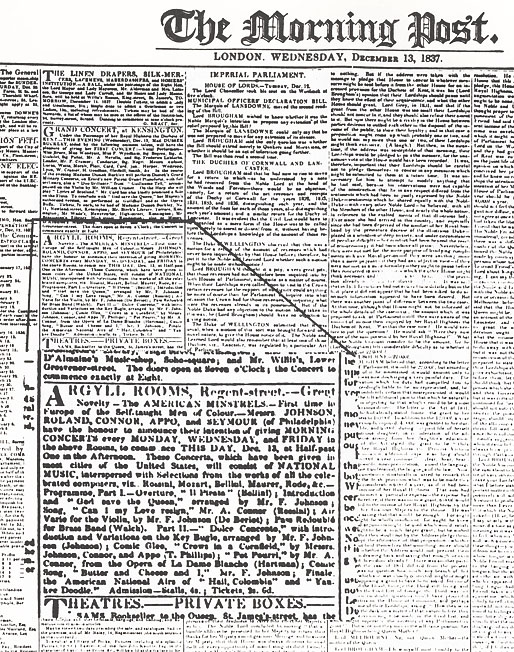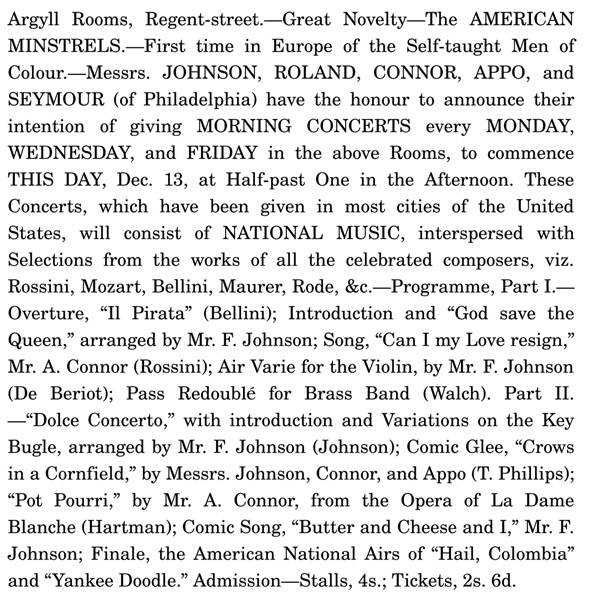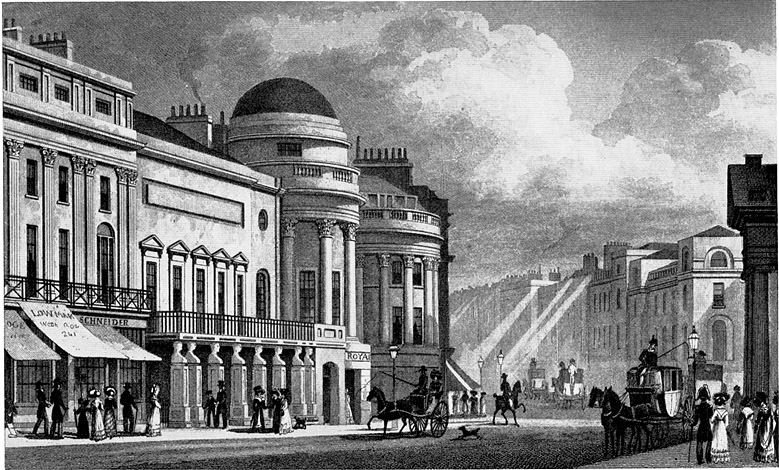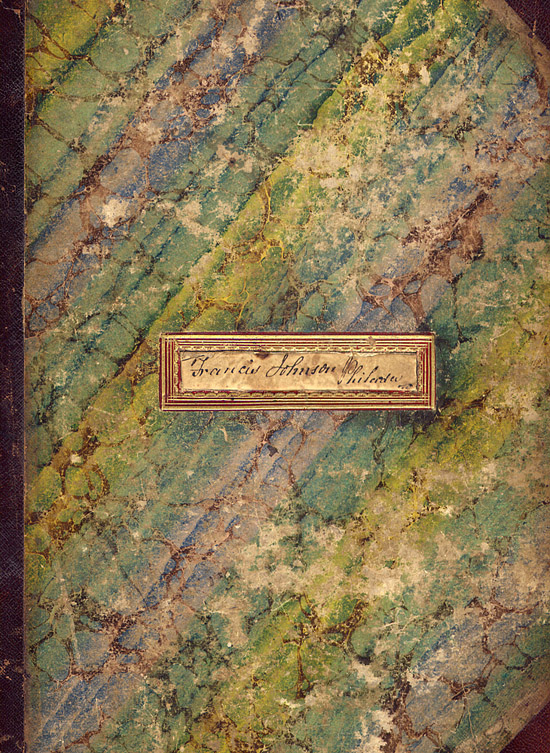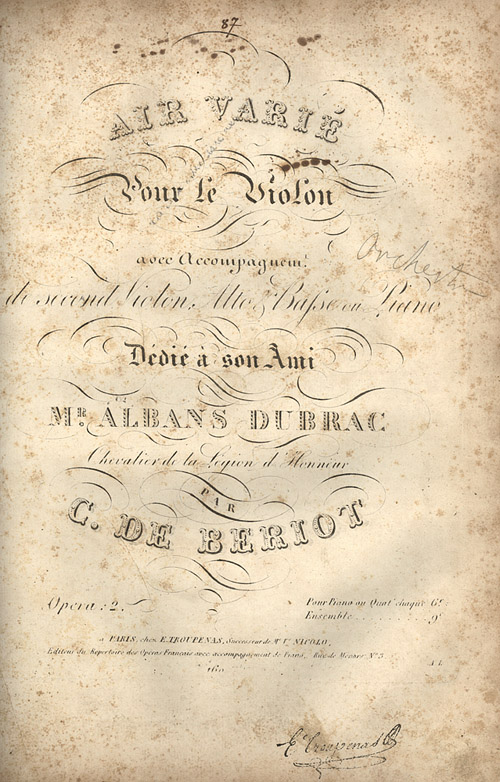In the 28 June 1837 Public Ledger, Johnson announced that he intended to "close his professional duties" in the fall in preparation for a trip to Europe. According to the announcement, "His principal object in making the tour of Europe, is to improve his musical capacity and knowledge, so as to be able in a much greater degree than formerly, to contribute to the gratification of the public." On 24 August 1837, as the date of his departure approached, an editorial appeared in the Public Ledger.
"The citizens of Philadelphia, the Lovers of martial music, the admirers of the softer but not less exhilarating strains of the Ball Room are about to be deprived of the services of 'Old Frank.' What will our military corps do for parade music? What will our dancers do without Frank's enlivening band? Truly we are about to suffer a great loss; and yet Frank's object is a good one; he goes to Europe to improve his musical knowledge, to cultivate his musical taste and learn airs still more delightful and pleasing and doubtless he will return in a twelvemonth, in all respects qualified even in a greater degree than formerly to contribute to the gratification of the public."
Johnson left bandmember Edward Augustus in charge of his band in Philadelphia while he made the trip across the Atlantic with bandmembers Edward D. Roland, Aaron J.R. Connor, William Appo (Johnson's brother-in-law), and Francis V. Seymour. At the time of the tour, Johnson was in his mid-forties, while the other musicians were in their early thirties, except for Seymour, who was in his early twenties. The group traveled to England by ship in fall 1837, and Johnson placed ads in several London papers beginning 10 December 1837. Presumably they established themselves through a series of concerts in December and then were engaged for social functions for the remainder of their stay. The band returned to Philadelphia by way of New York City on 14 May 1838.
Johnson's band was the first American music ensemble to perform in Europe, and while abroad, Johnson became acquainted with the concerts ` la Musard - a promenade concert tradition established by Frenchman Philippe Musard (1792-1859) - which he introduced to Philadelphia audiences upon his return.
Fig. 1 and 2: "A selection from De Berriott [sic] was most singularly, but cleverly executed by three violins and a violoncello, and the 'sang froid' with which the performers went from one instrument to another was most remarkable; for having laid down the fiddles, they took up the key'd bugles and other wind instruments. They performed our national anthem in good style and with much enthusiasm, as though it had been their native Yankee Doodle. The leader is an expert musician, and a few good lessons would place him infinitely beyond comparison with many of our pseudo-practitioners."
Fig. 3: The Regent's Harmonic Institution was founded in London in 1818 to finance reconstruction of the Argyll Rooms, Regent Street. The plan, led in part by the Regent Street architect John Nash in conjunction with the Philharmonic Society, called for the investors' money to be recouped through the sale of music, pianos, and harps in a lower saloon. The company was formed by January 1819 and its first publications registered in April; the shop and concert room were ready in January 1820. This building burned in 1830 but by 1831 had reopened.
Fig. 4: This volume was a part of a music collection assembled by Oliver Hopkinson (1812-1905), the grandson of Francis Hopkinson. Because Johnson's signature is mounted on the cover, it probably contains sheet music collected by Johnson. Seven of the selections in the volume were published in Paris.
Fig. 5: This piece, contained in the bound volume, was on the program for the first concert presented in the Argyll Rooms, 13 December 1837. Considering the circumstances, Johnson probably acquired this copy of "Air varié)" and the six other Parisian imprints contained in the volume while he was in London.
